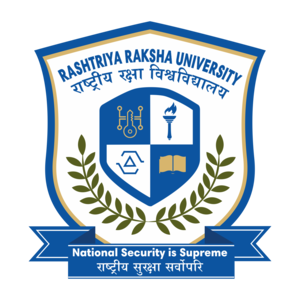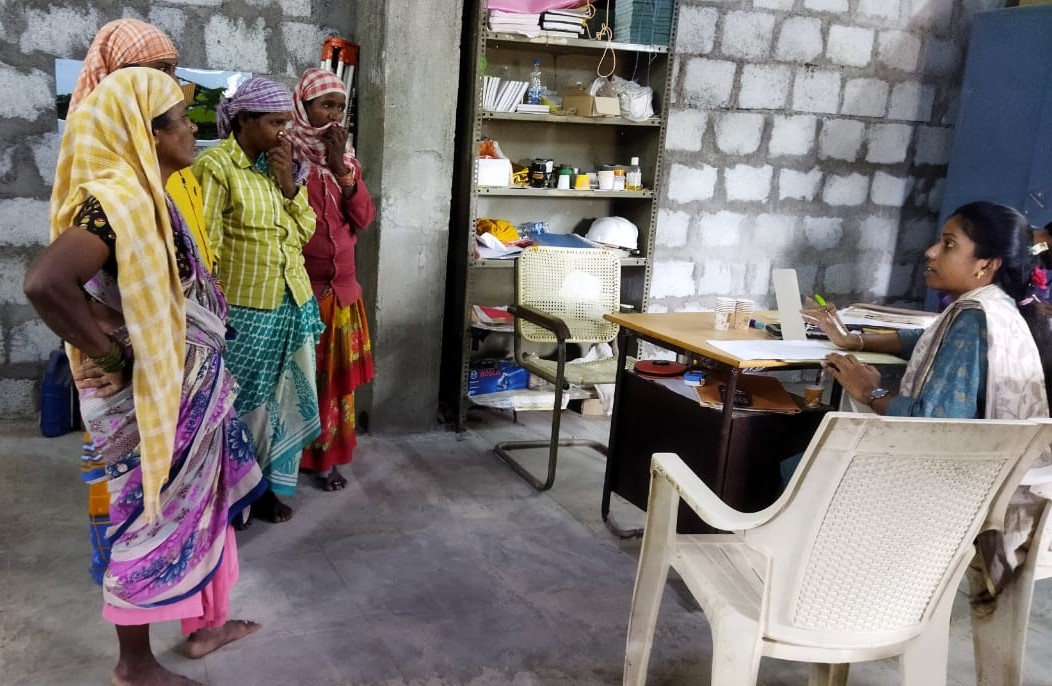B N Tiwari v/s. Union of India
- Mishika Bedi
- May 22, 2020
Content :
The petitioner held the position of an Assistant in Grade IV of the Central Secretariat Service. The next higher post which the petitioner expected to get as a promotion was of the Section Officer. A notification was issued by the Union Public Service Commission in February 1960 that a competitive examination will be held in June 1960 for promotion to the position of Section Officers. The reservations stated were 12 ½% of the available seats for scheduled castes (SCs) and 5% for the scheduled tribes (STs) as laid down in T. Devadasan v. Union of India . The petitioner secured the 37th rank in the examination. It was further notified that the number of vacancies were 48, 32 of which were reserved and 16 were unreserved. The government, however, ended up making only 43 appointments, 28 in the reserved quota and 15 in the unreserved quota. This huge reservation for the SCs and STs was because of the application of the carry forward rule of 1955.
The 1952 carry forward rule stated that if the recruiting authorities believe that there are not sufficient suitable candidates from the reserved category to fill the available seats, the unfilled seats from the reserved category would be treated as unreserved and would be filled by the next available ranks in the unreserved category. However, the number of vacancies that were transferred to the unreserved category on account of there being no suitable candidates from the reserved category, would be carried forward to the reservations of the following year in addition to the original number of reserved seats for that particular year. If suitable candidates are again not available in the following year to fill the carried forward vacancies from the previous year, the vacancies will be transferred to the unreserved category and those reservations made would lapse.
Substituting the 1952 rule, the 1955 carry forward rule was introduced which stated that if some number of vacancies from the reserved category are carried forward to the following year, and the suitable candidates are not available in that year as well, the vacancies would not immediately lapse. They would be carried forward to the second following year. This, however, would not be carried forward for more than 2 years.












